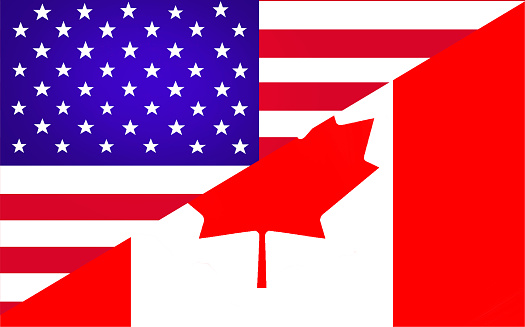 On Aug. 3, President Obama and the U.S. Environmental Protection Agency (EPA) released the final version of the Clean Power Plan (CPP), aimed at reducing carbon emissions by 32% below 2005 levels by 2030. After months of consultation, this plan takes bold steps in encouraging U.S. states to take serious steps in transitioning their energy mix to include a greater portion of renewables. Coal finally becomes persona non grata south of the border.
On Aug. 3, President Obama and the U.S. Environmental Protection Agency (EPA) released the final version of the Clean Power Plan (CPP), aimed at reducing carbon emissions by 32% below 2005 levels by 2030. After months of consultation, this plan takes bold steps in encouraging U.S. states to take serious steps in transitioning their energy mix to include a greater portion of renewables. Coal finally becomes persona non grata south of the border.
The goal is obviously to reduce emissions but also to avoid thousands of premature deaths due to air pollution. This is very similar to the decision that was taken in Ontario to phase out coal. This is also very similar to what the new government in Alberta is looking toward. So, why is the U.S. different?
The CPP is a game-changer for the electricity sector in North America for three main reasons: First, it rewards states that are early adopters of incentives to reduce their emissions, such as California's cap-and-trade mechanism and the Northeast's Regional Greenhouse-Gas Initiative.
Second, it gives the states the flexibility they need to reach their targets by identifying a variety of solutions that can be implemented. With 7% to 47% reductions required from the states, that flexibility will be key. Third, by allowing clean electricity imports from Canada, this plan thinks and acts globally.
Reducing emissions is a significant challenge for all of the economies of the planet; a number of countries, including U.S. states and Canadian provinces, can support each other in maximizing their collective efforts by ensuring coordinated efforts are adopted. The CPP recognizes that regional economies are connected and co-dependent on each other. Electricity is no exception.
The plan will also encourage new renewable energy projects, including wind, where they are most appropriate and cost-effective. Bundled with our abundant hydroelectricity, wind and solar, for example, become perfect commodities to export to neighboring U.S. states in order to help them in reducing emissions at the lowest cost possible. It is a win-win on both sides of the border. Imagine the possibilities for provinces such as Quebec and Ontario or even the Maritimes as a whole.
There is still a long road ahead and a number of bumps along the way. Republican and coal-dependent states, among others, will likely oppose, but the train has left the station. The upcoming UN Climate Summit in Paris later this year might help in encouraging more countries and regional governments to get on board. It is, once again, time for Canada and its provinces to lead by example and do more. Now that the U.S. is doing it, there is no reason for us not to join the efforts.
Canadian wind is ready to play a big role. This is the kind of signal the wind industry needs in order to bring in even more investment and create 21st-Century jobs within our communities.
Jean Francois Nolet is vice president of policy and communications at the Canadian Wind Energy Association (CanWEA). For more, check out CanWEA's blog. Nolet can be reached at jfnolet@canwea.ca.



